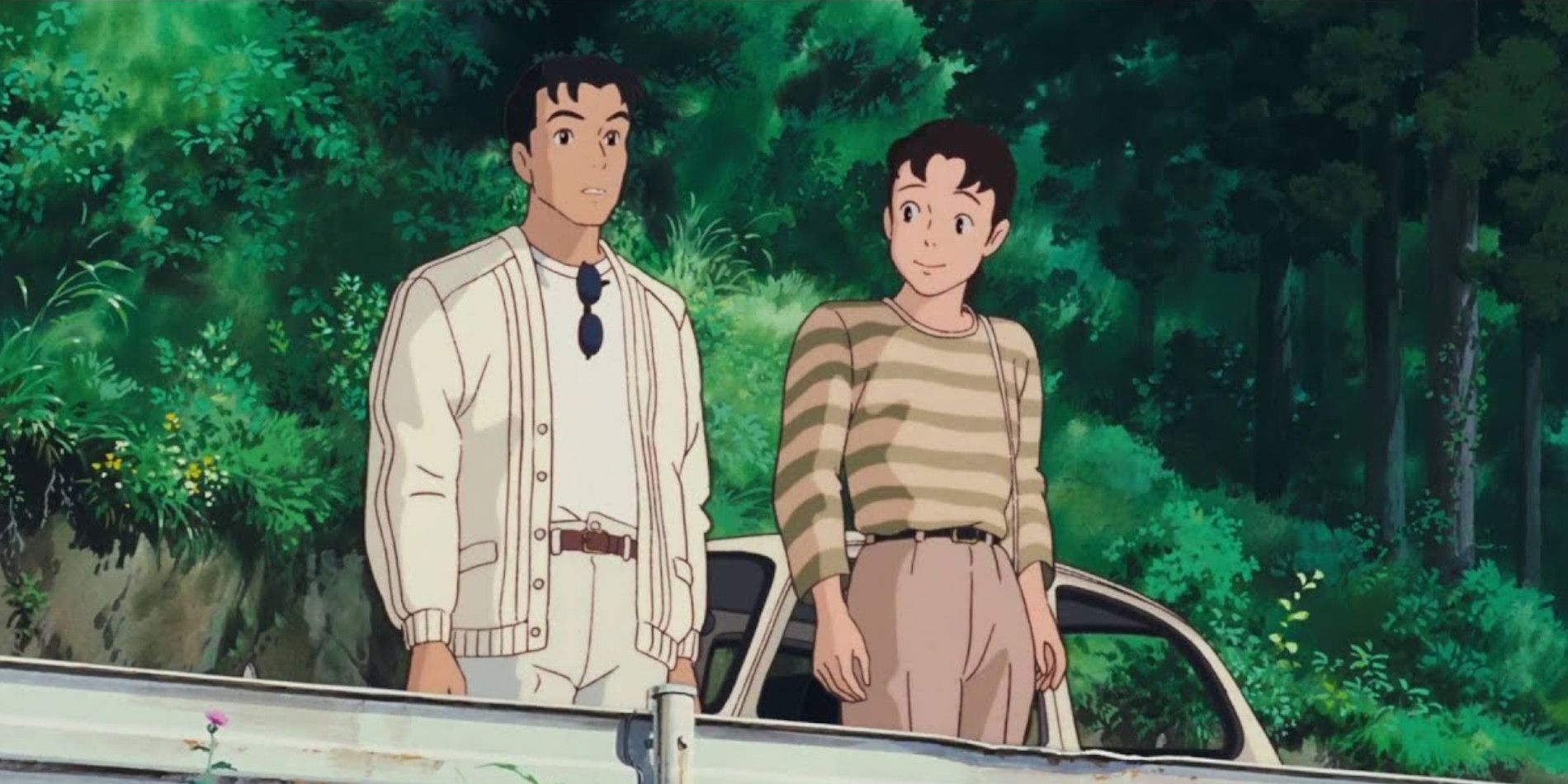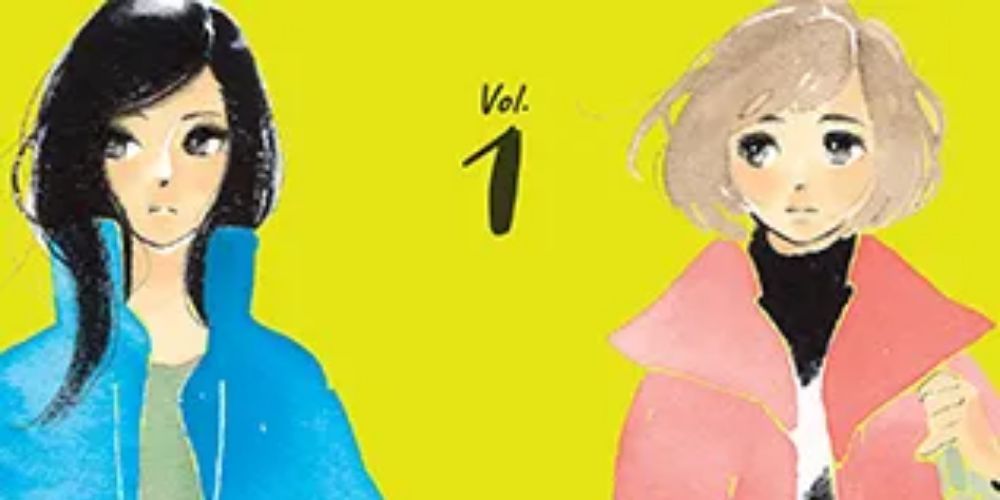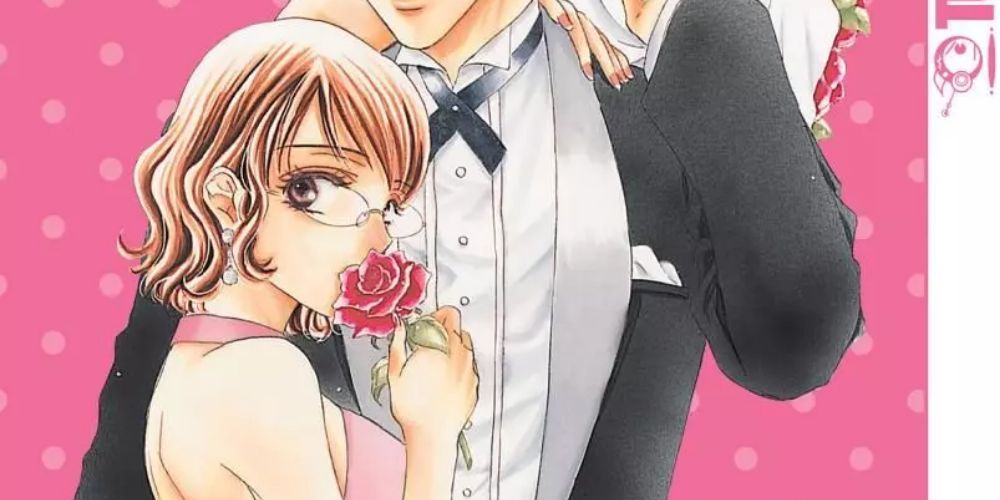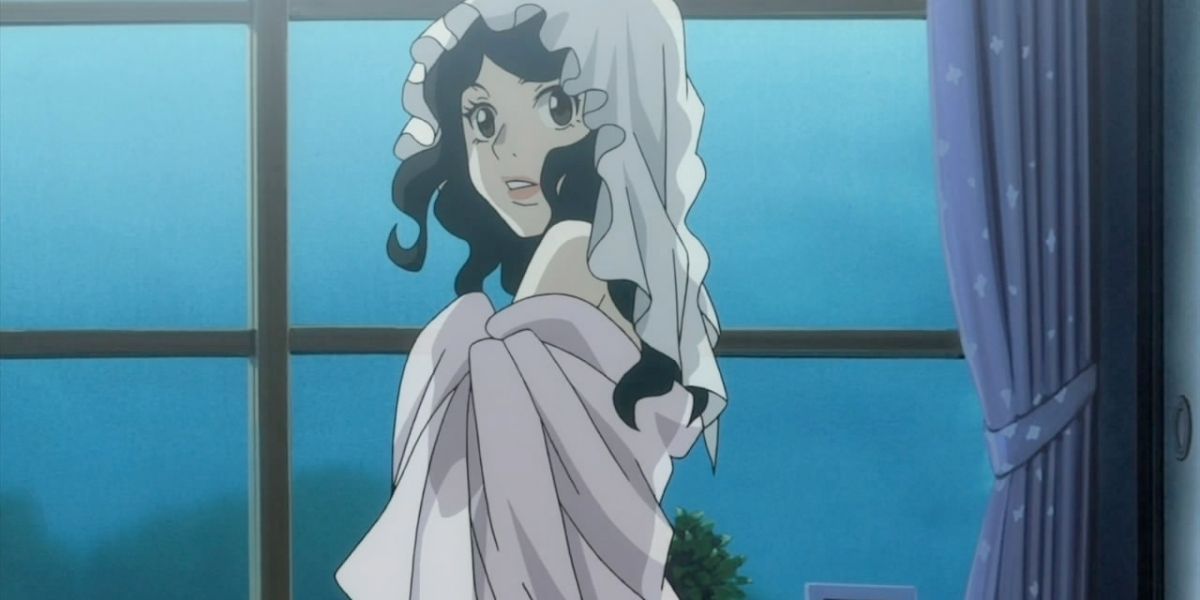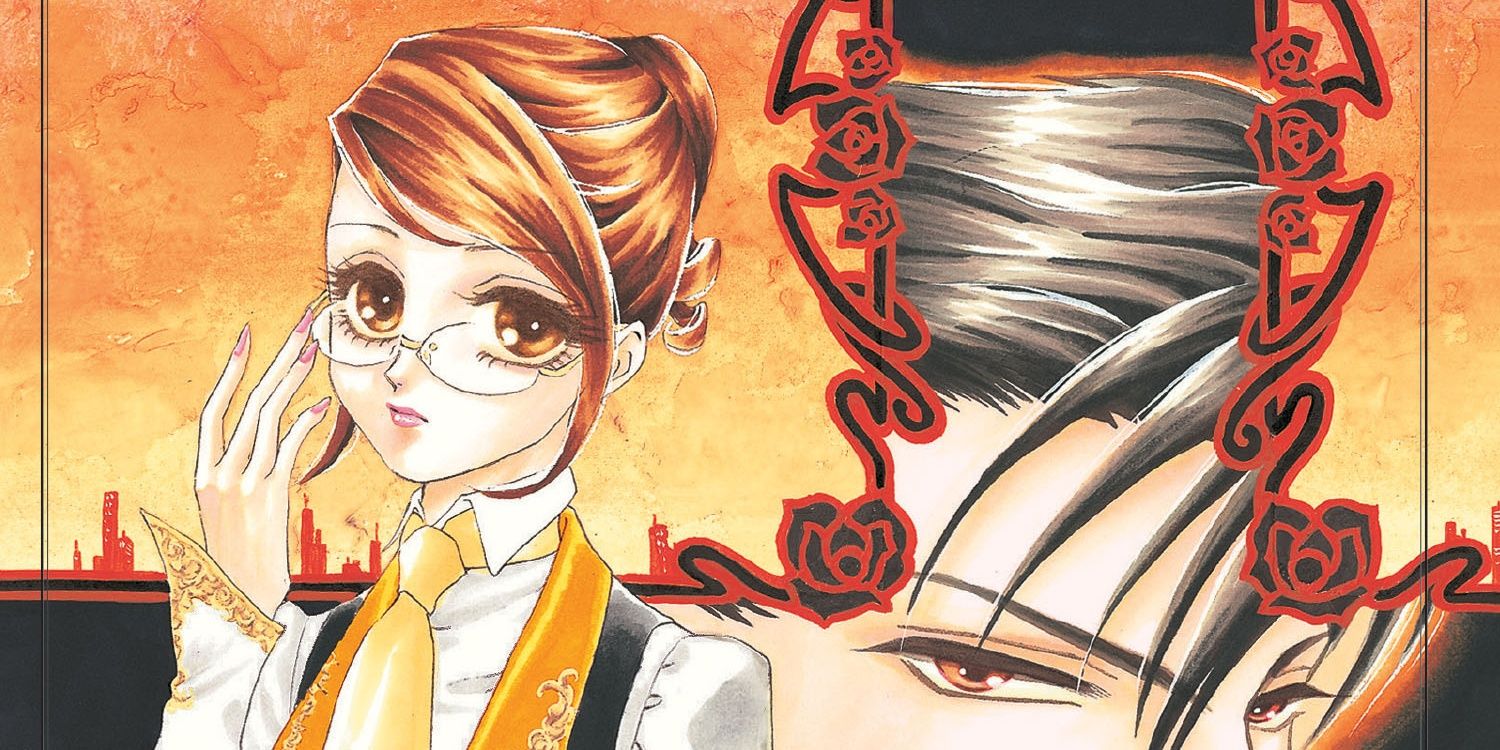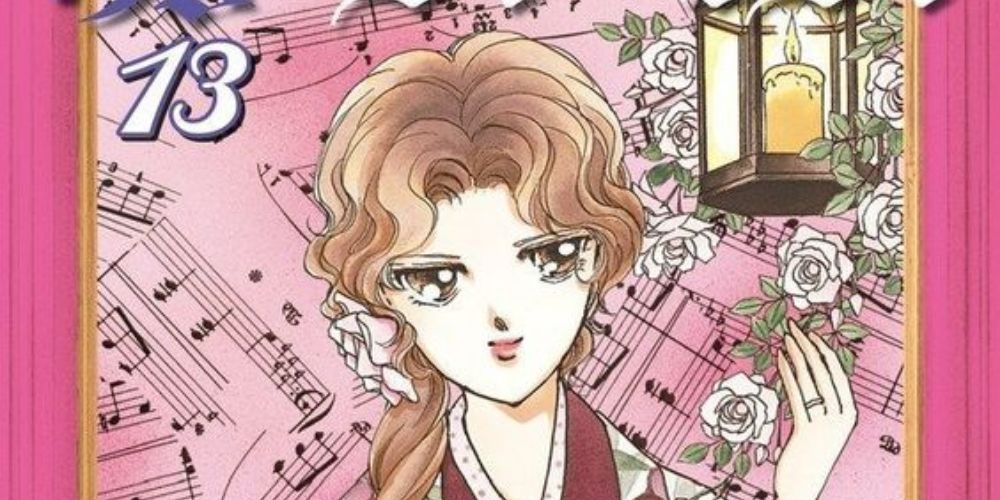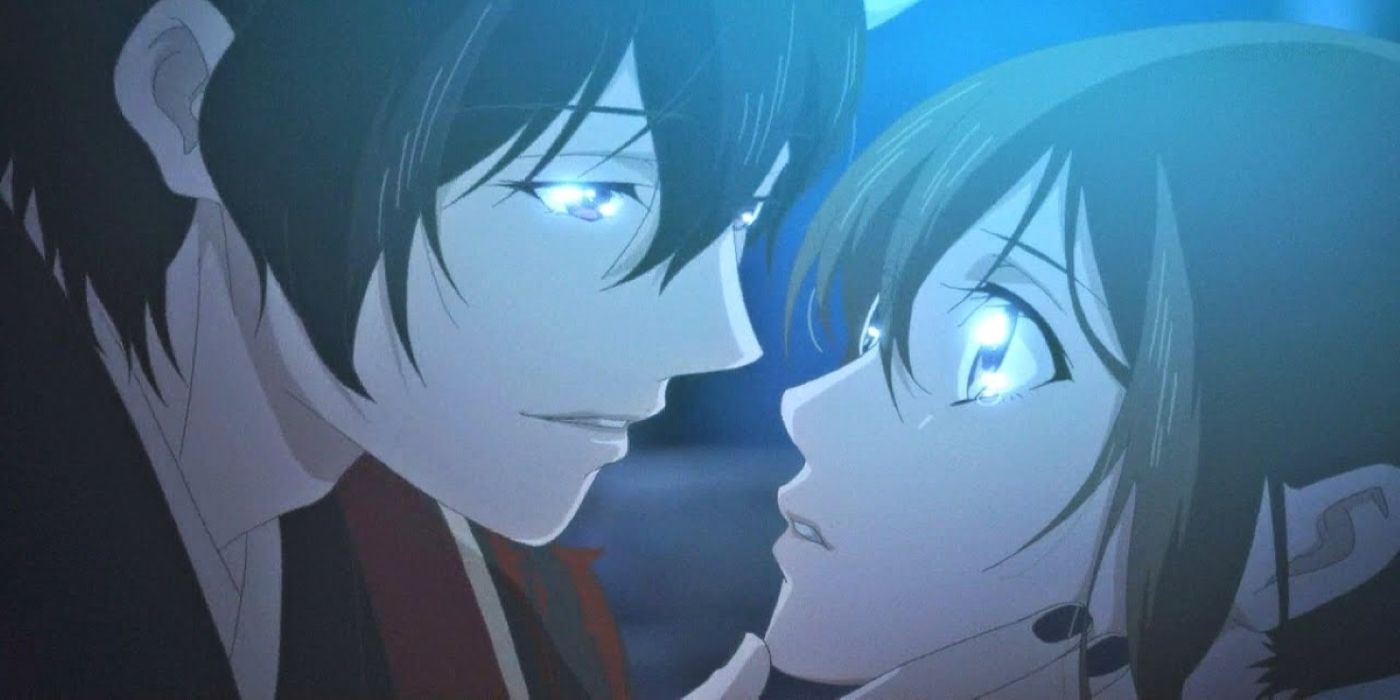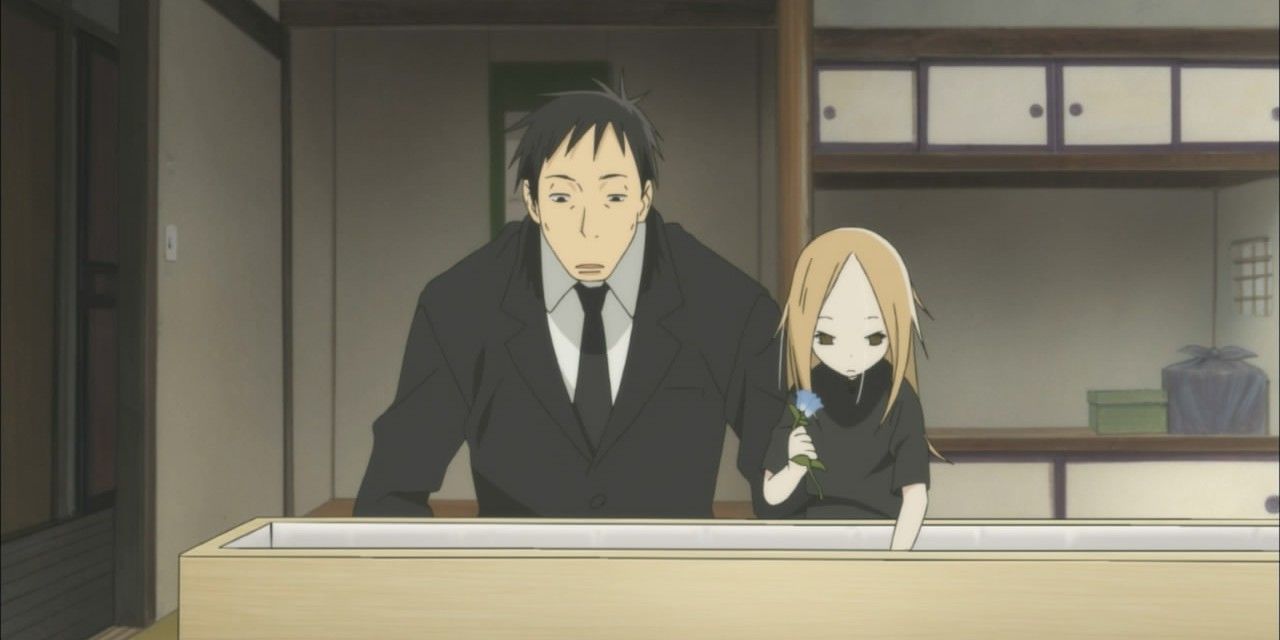Josei is a popular manga and anime category that is aimed at adult women. However, there are many outside of that demographic who enjoy the stories. These stories usually follow more mature themes and tackle situations in more realistic ways, such as romance and familial struggles. While the category is often praised for its accurate portrayal of the life of women, there are many issues that bleed into josei just like every other fiction category.
There are a variety of popular tropes that, if done right, are entertaining and are the reason why the josei category has endured. Despite that, there are tropes that can be done wrong, are obnoxiously overused, or are just plain horrible for fans.
10 A Shocking Office Worker Appears
Josei stories usually try to relate to their demographic. One of the most common jobs for women in Japan is being an office worker. Because of this, many josei protagonists are office workers. There are many great examples of office worker josei stories, like Wotakoi: Love Is Hard for Otaku, a more recent series.
Yet, since josei stories try to relate to their audience, the office worker protagonist is an extremely common trope. It's been used so many times that, if not used correctly, it can be seen as unoriginal and not intriguing.
9 Underdeveloped Love Interests
Romance is quite popular no matter the category it belongs to. It can be seen in shonen and seinen stories but is most common in shojo and josei. As many humans crave love, these tales are easy to pick up fans.
What makes romance most intriguing is the blossoming love between two of the story's characters. This can lose its impact when the love interest is written with nothing in mind but their role as a part of the protagonist's relationship. As common as this trope is, it gets quite tiring.
8 Cheaters
Since romance is such a popular genre in josei stories, it's not uncommon for some relationships to turn sour. Some couples may get into big arguments. Others may have devastating breakups. However, some characters in relationships can't seem to help themselves and end up cheating.
Some creators use this as a way for their characters to discover themselves and their sexuality, while others lean into the drama of it all. Cheating characters could be anyone from playboys to ladies who get caught up in the moment.
7 Love-Obessed Protagonists
Another issue that piles into the underdeveloped love interest trope is the protagonist who only focuses on love. While love is a beautiful thing, and many creators execute it well, some can't help but make their main goal known in the worst ways.
A way that some creators delve into romantic stories is by focusing on nothing but the romance. Similar to the creators when they're making the story, the protagonist's only personality trait is wanting to find that special someone. A story that dives into a tale where a character focuses on something else before falling for the boy is Private Prince.
6 Love At First Sight
The stereotypical shonen and seinen story focuses on action and adventure, while shojo and josei lean more toward romance. Many creators know how to write an interesting love story by showing how feelings between the characters develop over time into something more. However, some writers skip a major part.
Instead of showing how the love grows or starting the story while characters are already in a relationship, some writers opt for the commonly used "love at first sight" trope. A lot of potential for the story and the characters is written away by simply stating that the two characters have fallen for each other immediately. Instead of going for this trope, Princess Jellyfish focuses on finding how to love oneself.
5 Protagonists With No Agency
What makes protagonists so lovable is their growth, strength, and individuality. Fans get to know the protagonists throughout the story and how they change over time. One great example is Kaya from Midnight Secretary. Yet, some creators use the protagonist as a way to show the power of the love interest.
By making a protagonist useless, creators highlight just how desperate the main character is to have someone to help them. That's where the writer attempts to shine by making a love interest with all the power. With protagonists usually being women, it's important to show individuality and personality among them for proper representation.
4 Incest
Another common trope that slips into josei stories is incest. Usually, writers involve this trope in their stories for the taboo factor of this type of relationship. It is often seen between siblings and cousins but can be between other relatives, too. In Akatsuki no Aria, the main character ends up falling for her half-brother, but it is later revealed that they aren't related at all.
There is a big reason why this trope is unsettling for a lot of josei fans. What people wish to see in the future is the same level of passion writers put into stories like this with characters who have no relation whatsoever.
3 Boring Love Triangles
Writers are all for making things interesting when it comes to storytelling. For romance writers, there are many ways that can spice up their stories. Nothing is more fun than a little bit of drama sprinkled in, but some drama has gotten so overused that it has become dull.
One way that josei creators attempt to bring drama into their stories is through the popular love triangle trope. This is where two people are romantically interested in one another, and the love interest struggles to make a choice. While it does create tension, it often annoys fans and is viewed as unoriginal.
2 More Than Two Love Interests
A trope that is highly common in shonen and seinen stories is the usage of a harem for the protagonist. Having multiple potential love interests leaves fans wondering where the main character's heart will settle while also providing lots of fan service with the large cast of anime girls. Shojo and josei stories have taken this popular trope and have spun it a bit.
Reverse harem stories follow a female protagonist who has at least three possible love interests throughout the series. While this trope can be used for entertaining purposes, such as poking fun at shonen and seinen harems, it has started to become one of the worst tropes, as it leans into the same issues that the love triangle carries.
1 Unsettling Age Gaps
Relationships with age gaps between individuals can lead to an interesting tale if it's between two consenting adults with no relation. Yet, many stories with the age gap trope step into unsettling territory. Whether it be a relationship between a student and a teacher, step-siblings, or relatives, these stories seem to show up in a lot of josei tales.
While this trope may be added for a taboo story or for shock value, it still seems to unsettle many fans. Many love stories can be worthy of telling, but the age gap trope is one that needs to be left alone.

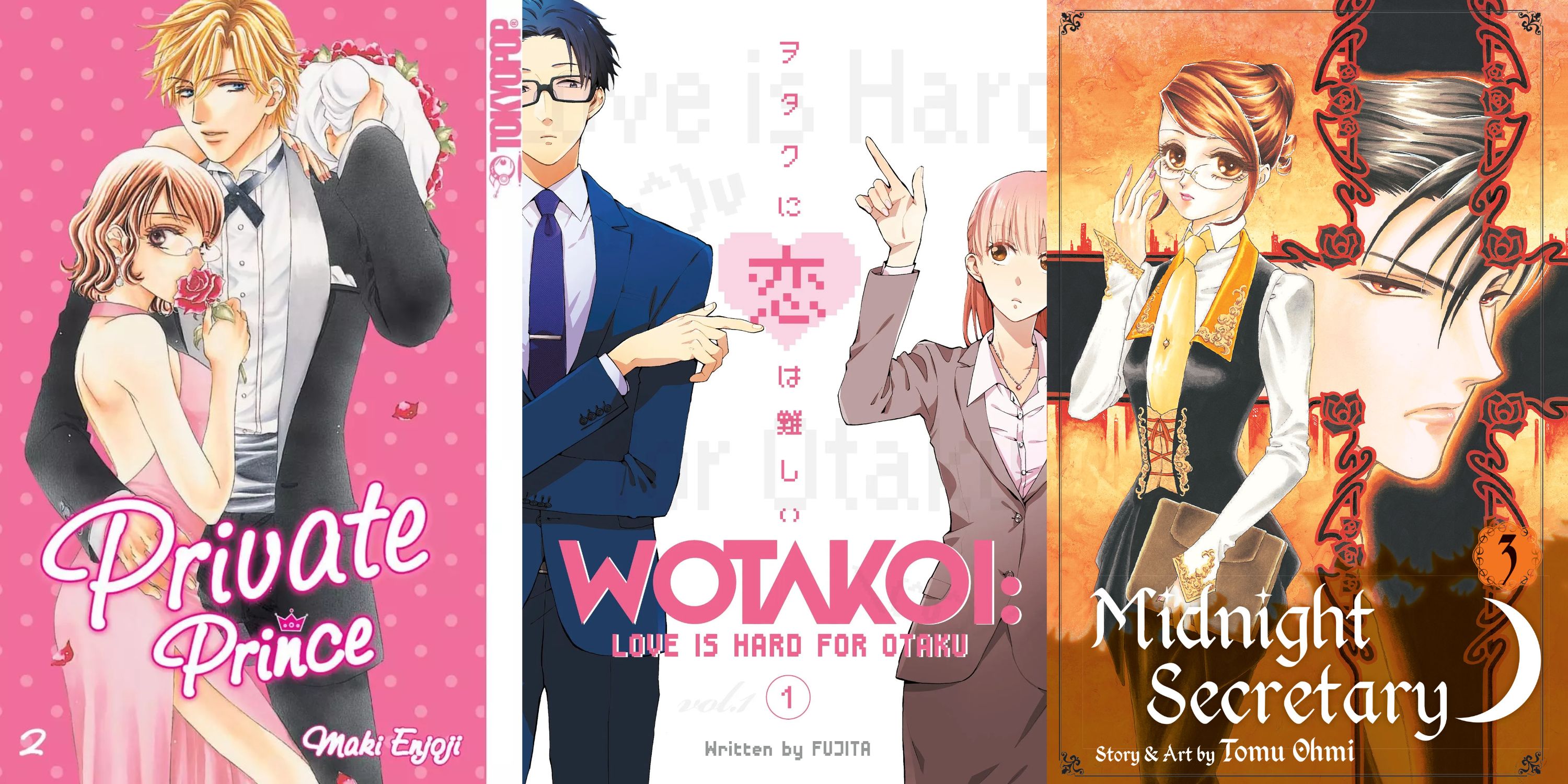
.jpg)
